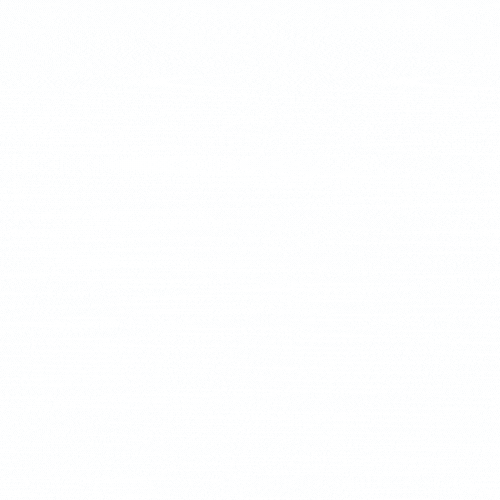The Importance of Hijab in Islam
The hijab, a veil worn by Muslim women, is often a subject of curiosity and misunderstanding. More than just a piece of cloth, the hijab holds deep spiritual and social significance within Islam. It represents a woman's devotion to Allah, her connection to her faith, and her commitment to modesty. This article delves into the multifaceted importance of the hijab, exploring its historical context, religious basis, and the diverse perspectives of Muslim women who wear it.
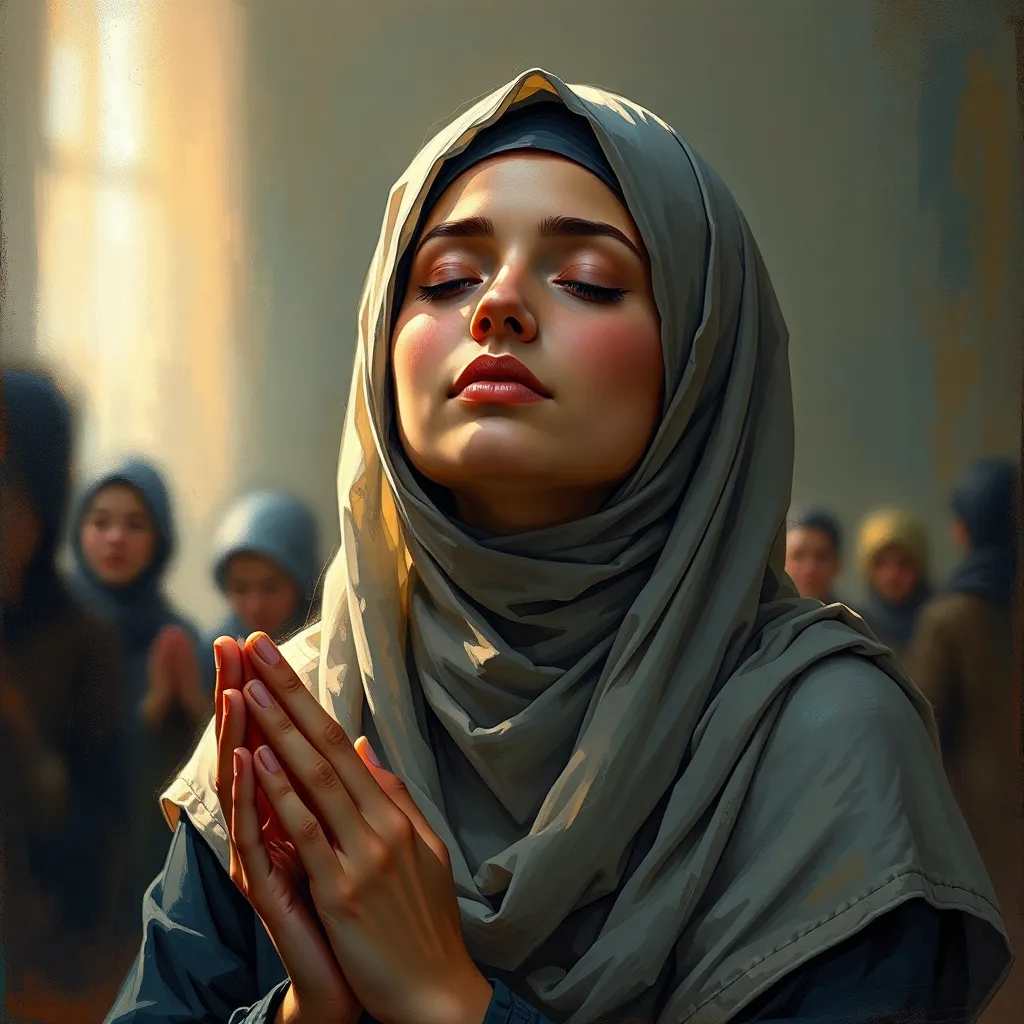
A Symbol of Modesty and Faith
At its core, the hijab is an outward expression of an inner commitment to modesty and piety. It serves as a visual reminder of a woman's faith and her relationship with God. The Quran, the holy book of Islam, emphasizes the importance of modesty for both men and women, and the hijab is seen as a practical application of this principle. It encourages a focus on inner beauty and character rather than outward appearances. For many Muslim women, the hijab is a source of empowerment and liberation, allowing them to move through the world with dignity and respect. It shields them from unwanted attention and allows them to be recognized for their intellect and contributions rather than their physical attributes.
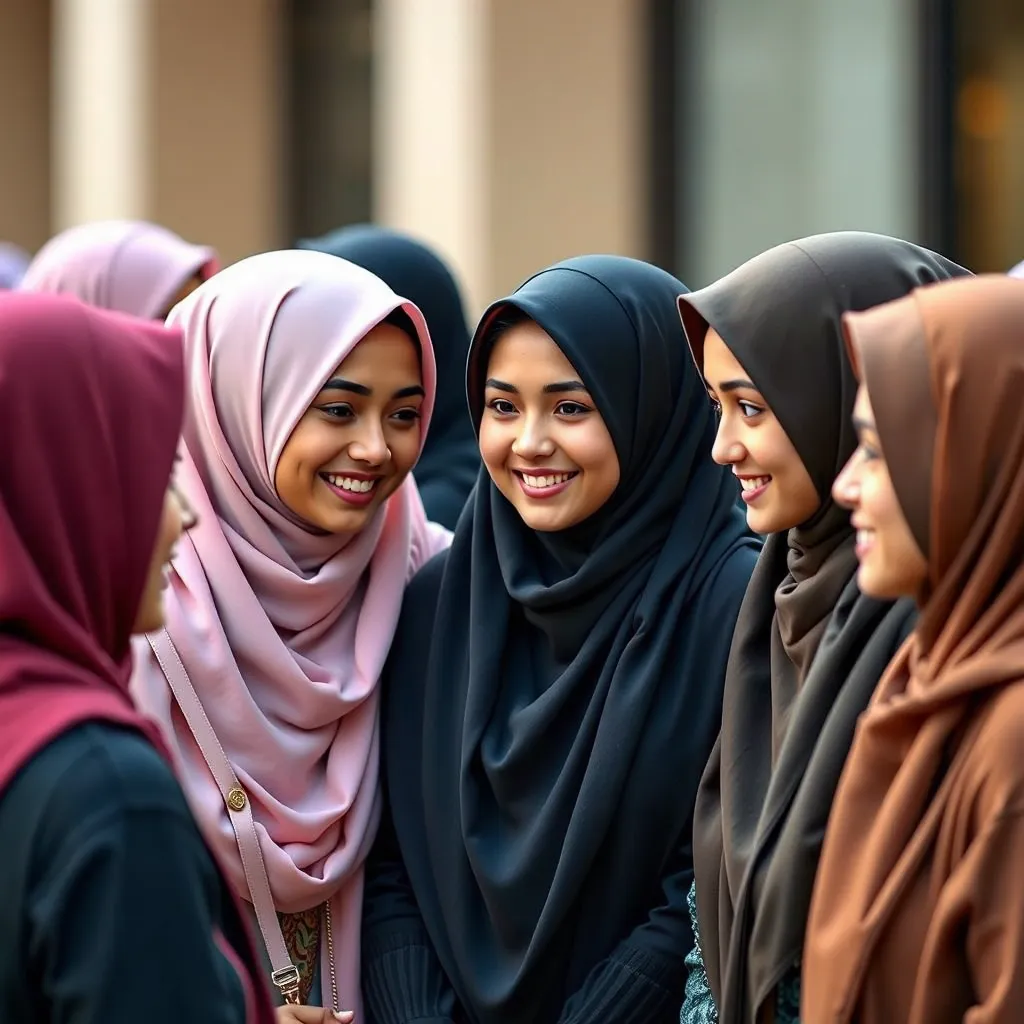
A Journey of Devotion and Dignity
The decision to wear the hijab is a deeply personal one, often undertaken after careful consideration and reflection. It signifies a woman's conscious choice to embrace her faith and live according to its teachings. This journey of devotion and dignity is often accompanied by a sense of spiritual growth and a deeper connection to the Muslim community. The hijab can also foster a sense of sisterhood and solidarity among Muslim women, creating a bond of shared experience and understanding.
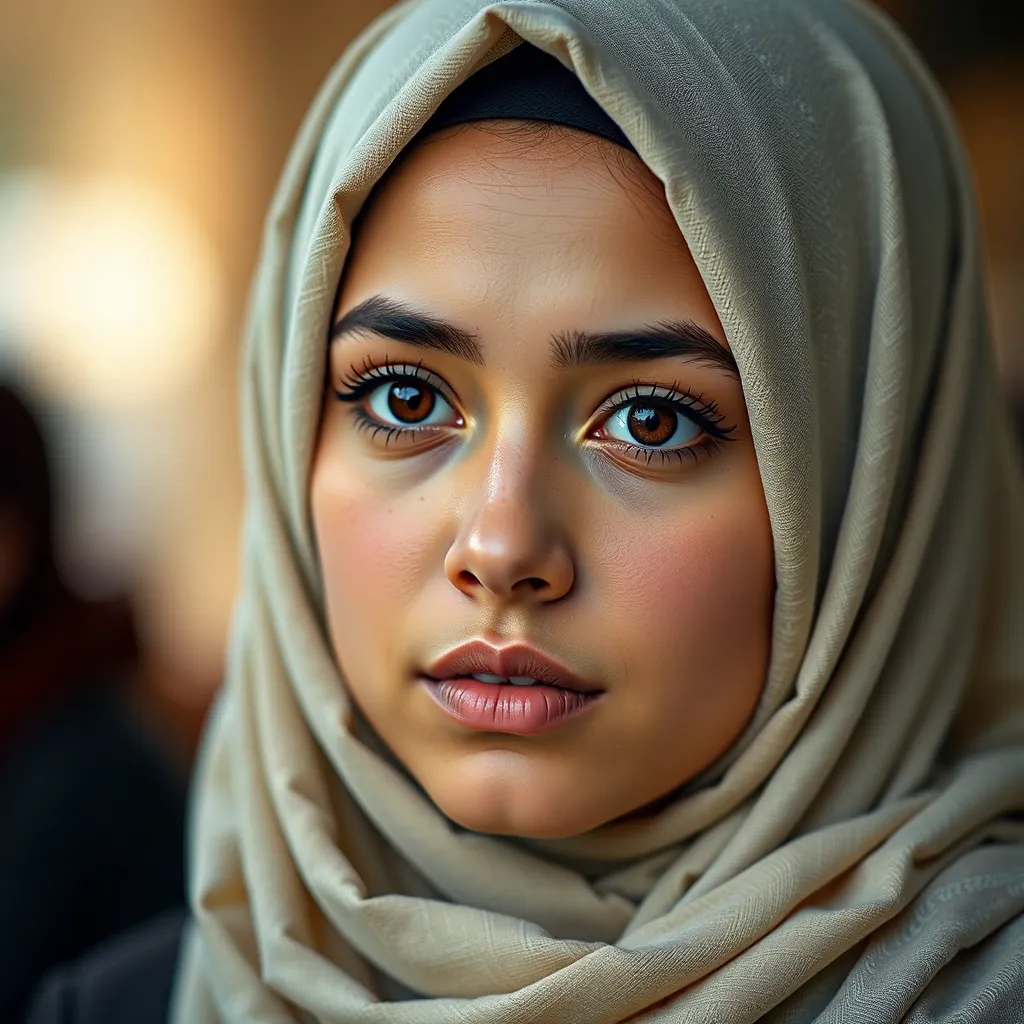
Protection and Privacy
The hijab offers a sense of protection and privacy for Muslim women. It creates a barrier against unwanted advances and helps to maintain a sense of personal space. This is particularly important in societies where women may face harassment or objectification. The hijab allows women to control how they are perceived and interact with the world, creating a sense of safety and security.
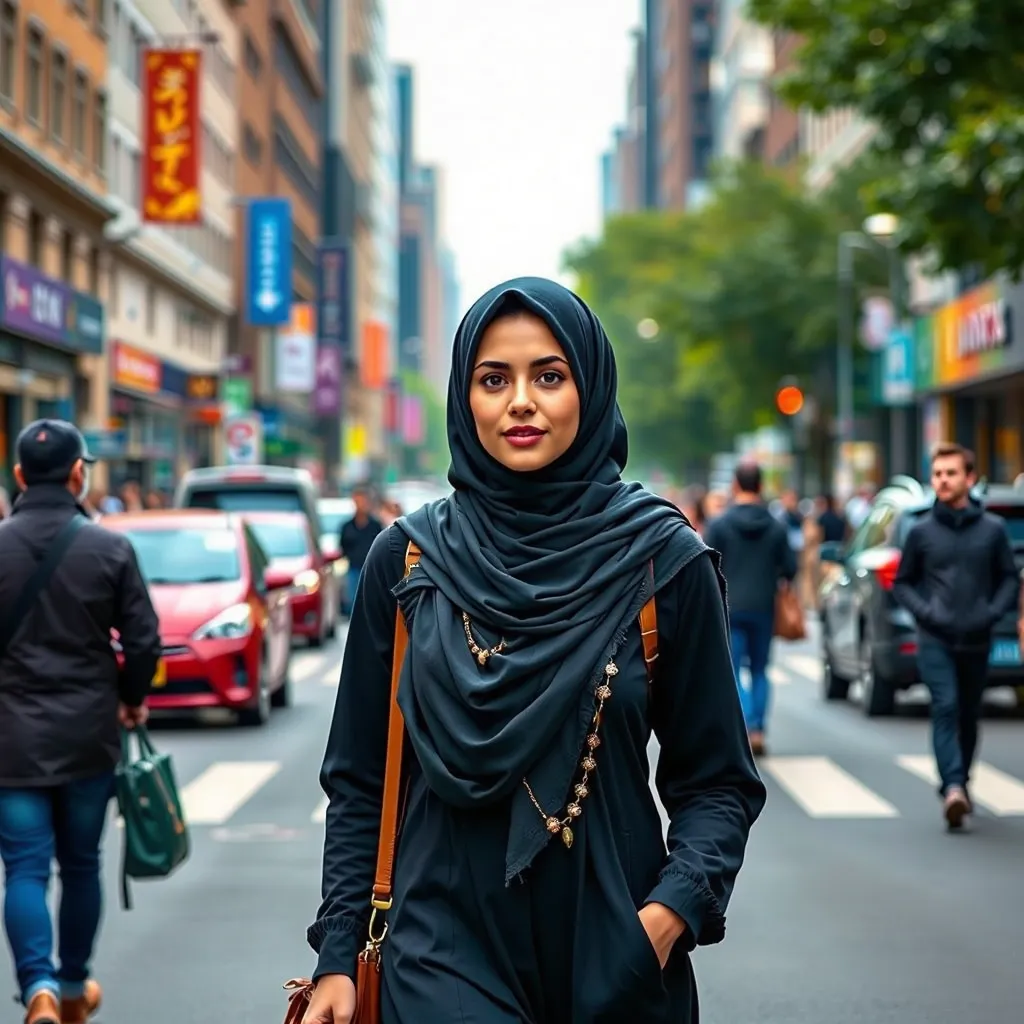
A Diverse Expression of Identity
The hijab is not a monolithic garment. It comes in a variety of styles, colors, and fabrics, reflecting the diversity of the Muslim world. From the simple headscarf to the more elaborate niqab or burka, each style represents a different cultural expression and personal interpretation of Islamic principles. The hijab allows women to express their individuality while adhering to the tenets of their faith.
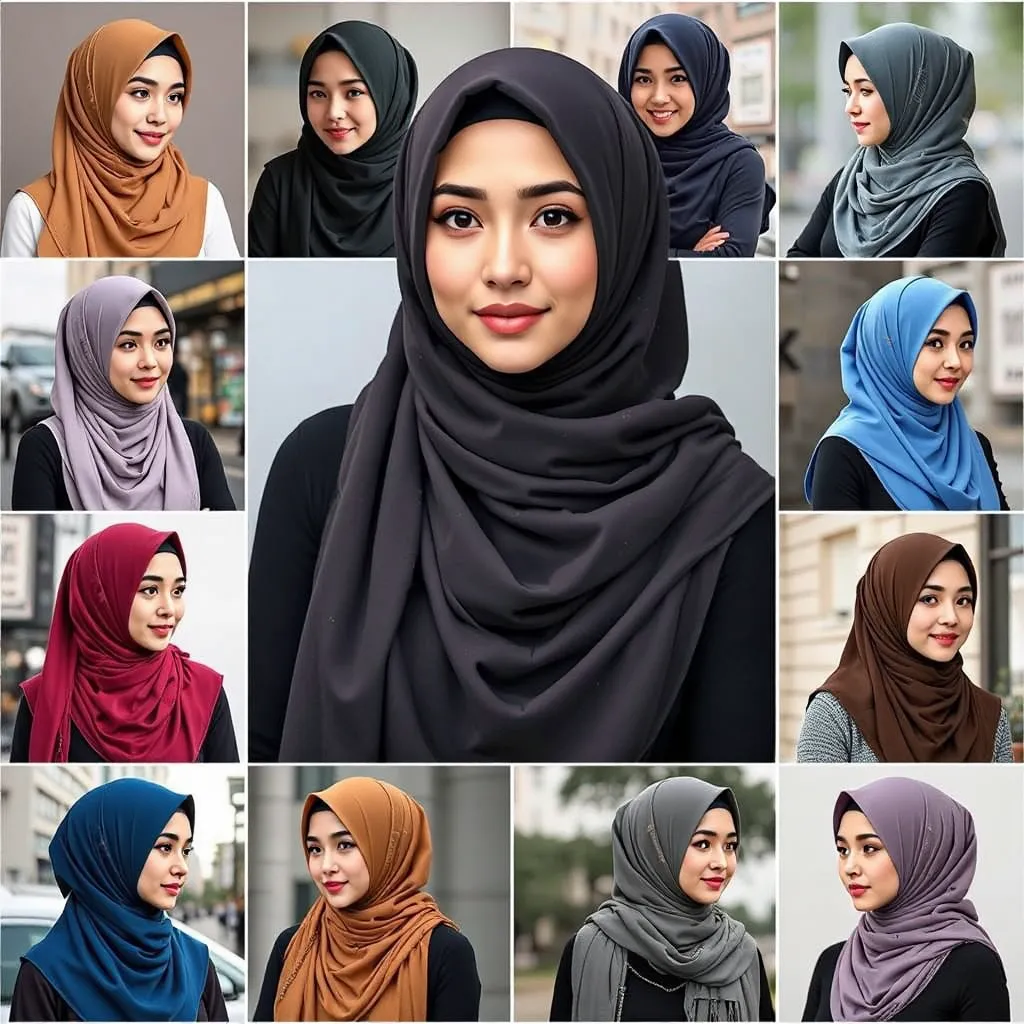
Navigating Challenges and Misconceptions
Despite its importance to many Muslim women, the hijab is often misunderstood and misrepresented in the media and popular culture. It is sometimes portrayed as a symbol of oppression or a barrier to integration. However, many Muslim women view the hijab as a source of empowerment and a means of reclaiming their agency. They challenge the notion that modesty is incompatible with modernity and actively participate in all aspects of society, from education and careers to sports and the arts. They see the hijab not as a restriction but as a symbol of their identity and their commitment to their faith.
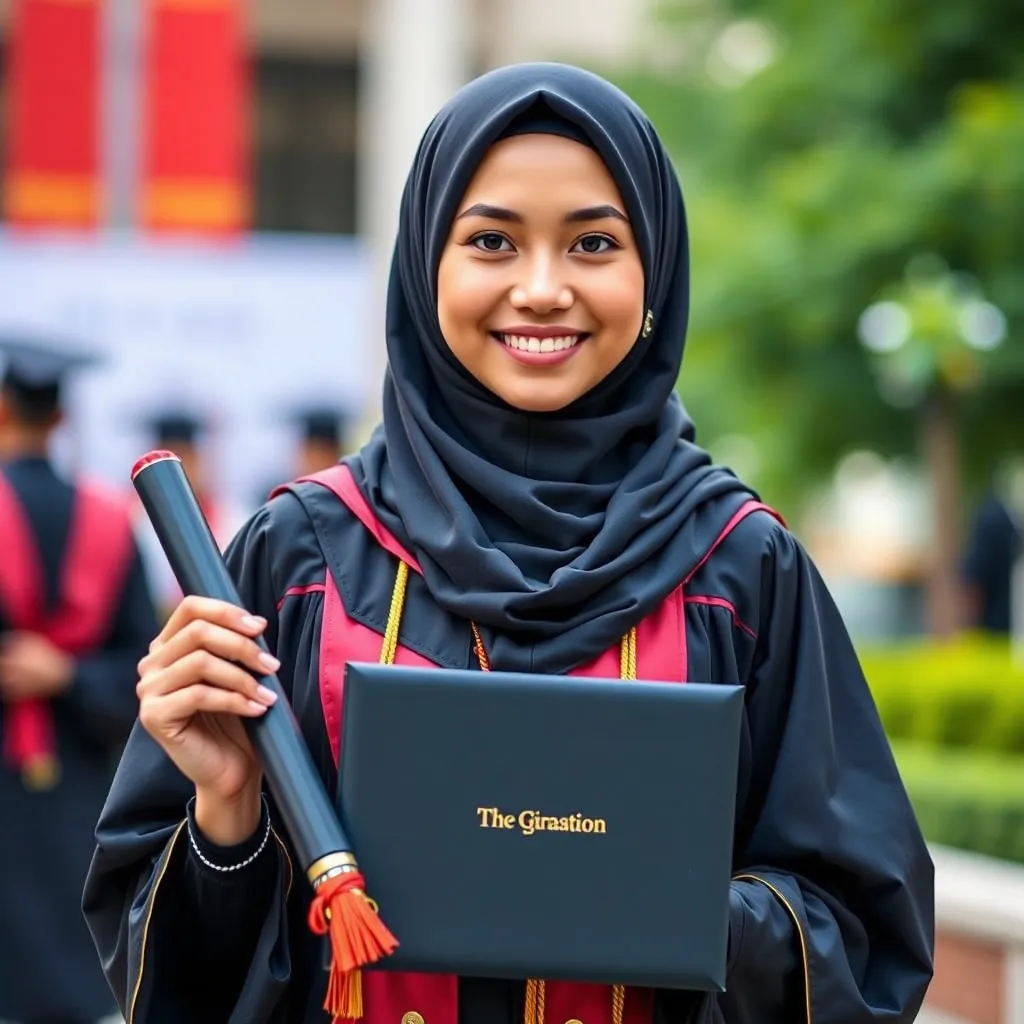
A Global Community
The practice of wearing the hijab has grown globally since the 1970s, connecting Muslim women across cultures and continents. This global community provides support, encouragement, and a sense of belonging. World Hijab Day, celebrated annually on February 1st, further strengthens this global network and raises awareness about the significance of the hijab.
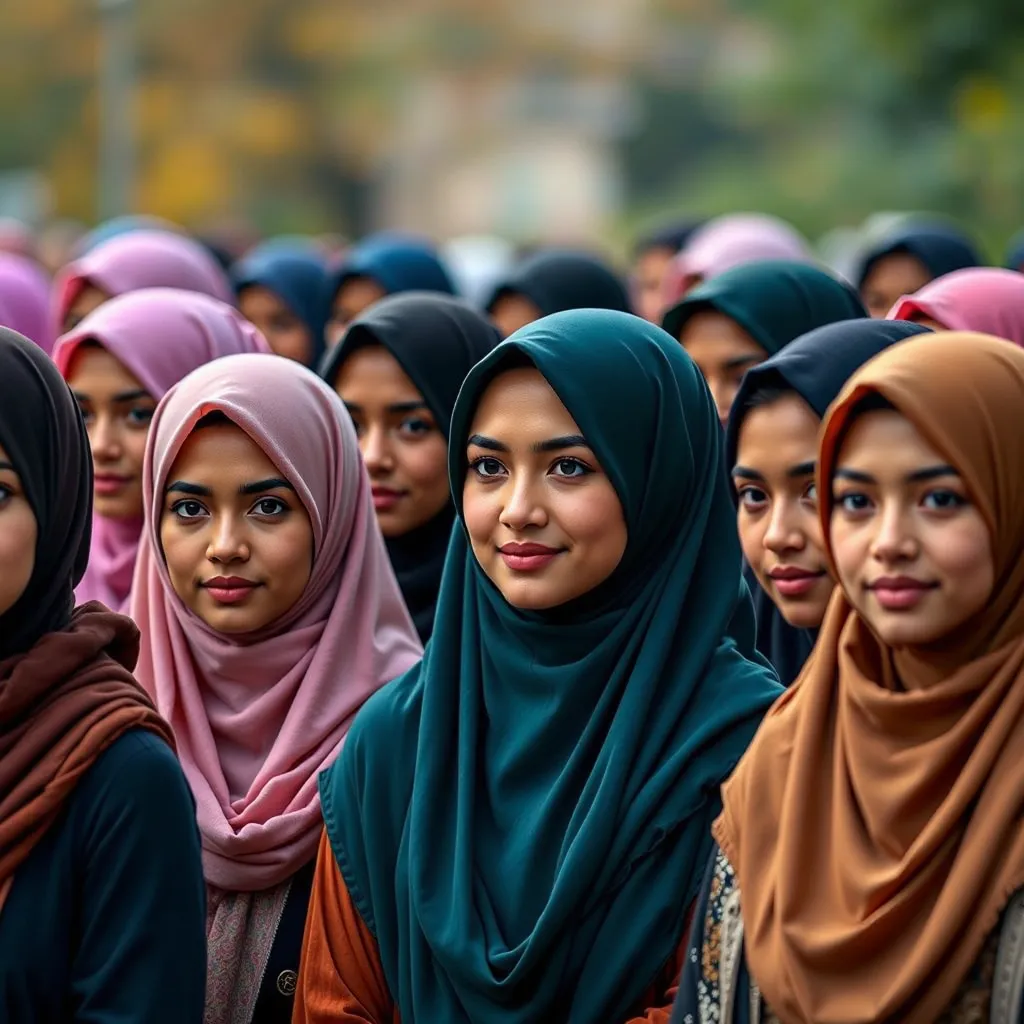
Frequently Asked Questions (FAQ)
Q: Is the hijab mandatory in Islam?
A: There is a consensus among Islamic scholars that covering the head is either required or preferred. However, interpretations vary, and the decision to wear the hijab is ultimately a personal one for each Muslim woman.
Q: What is the difference between a hijab, niqab, and burka?
A: The hijab is a headscarf that covers the head and neck. The niqab is a face veil that leaves the eyes exposed. The burka is a full-body covering that conceals the entire face and body.
Q: Why do some Muslim women choose not to wear the hijab?
A: The decision to wear or not wear the hijab is a personal one. Some Muslim women may interpret religious texts differently, while others may choose not to wear it for personal or cultural reasons.
Q: Is the hijab a symbol of oppression?
A: Many Muslim women strongly disagree with this characterization. They view the hijab as a symbol of empowerment, modesty, and their devotion to Allah. They see it as a choice they make freely and a means of expressing their identity.
Q: How can I learn more about the hijab and its significance?
A: There are numerous resources available, including books, articles, documentaries, and online forums. Engaging with Muslim women directly and respectfully asking questions is also a valuable way to learn more.
